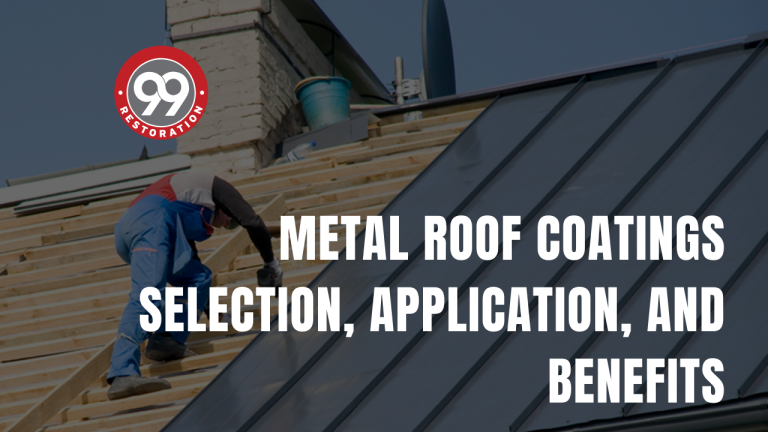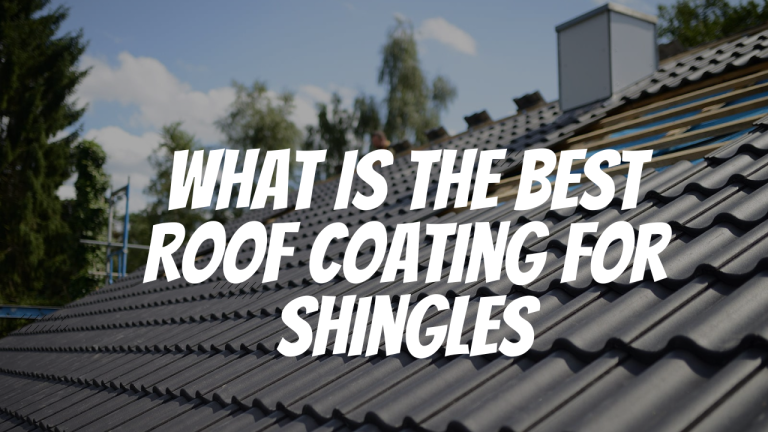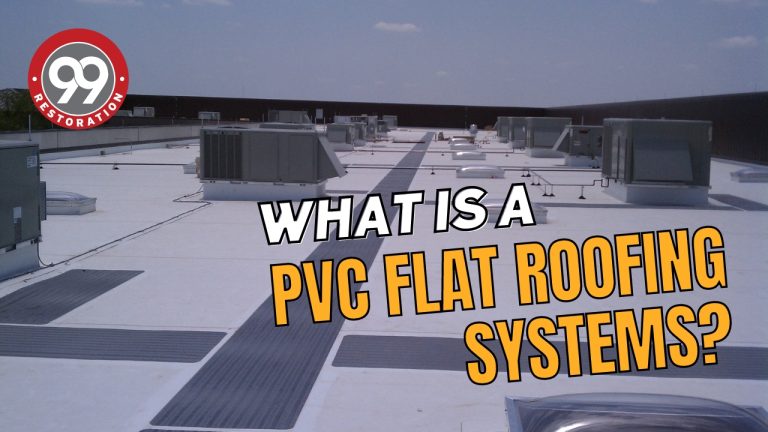Metal roof coatings play a crucial role in extending roof life and improving building performance. According to the National Roofing Contractors Association (NRCA, 2022), properly selected and applied roof coatings can extend a metal roof’s service life by 10-20 years while significantly reducing energy costs.
Understanding Metal Roofing Substrates
Metal Base Materials
The effectiveness of any coating system depends heavily on the underlying substrate. There are two primary substrate types:
Galvanized Steel
- Incorporates protective zinc coating
- Available in varying grades (G60, G100)
- G100 provides 66% more zinc protection
- Higher zinc content correlates with better corrosion resistance
- Lower grades (G60) not recommended for commercial applications
Galvalume® Steel
- Features zinc-aluminum alloy coating
- Demonstrates superior long-term performance
- Shows enhanced corrosion resistance
- Typically includes manufacturer warranties
- Better aesthetic retention over time
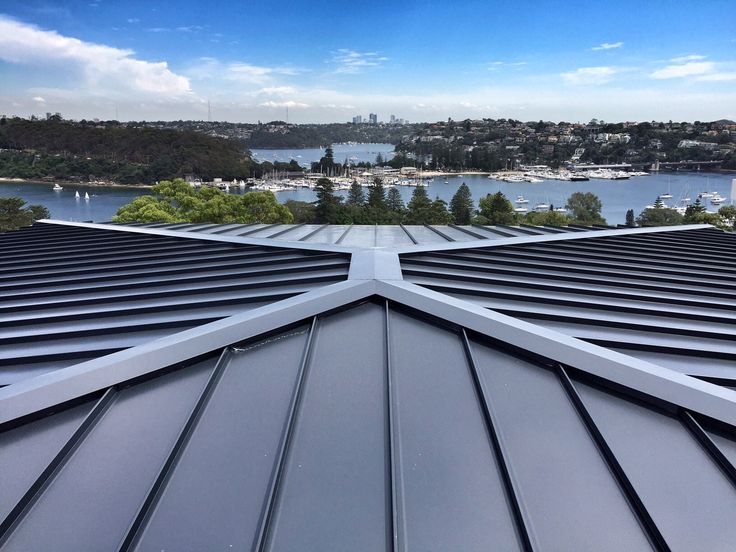
Premium Coating Systems
Three main coating types dominate the commercial market:
Silicone-Modified Polyester (SMP)
These mid-range coatings offer balanced performance according to ASTM D6083 standards:
Benefits:
- Moderate UV resistance
- Enhanced chalk resistance compared to standard polyester
- Cost-effective solution
- Temperature flexibility
- 10-20 year warranty coverage
PVDF (Fluoropolymer) Coatings
Research from the Lawrence Berkeley National Laboratory (2023) demonstrates PVDF coatings offer superior protection:
Advantages:
- Industry-leading color retention
- Minimal chalking under UV exposure
- Superior weathering resistance
- Chemical stability in harsh environments
- Versatile application methods
Elastomeric Coatings
The Department of Energy’s Building Technologies Office (2023) highlights elastomeric coatings for their energy benefits:
Key Features:
- Up to 30-40% reduction in cooling costs
- Excellent waterproofing capabilities
- Superior elongation properties
- Self-priming on most surfaces
- Cost-effective restoration option
Performance Comparison Matrix
Based on ASTM International testing standards (D6694-23):
Feature
SMP
PVDF
Elastomeric
Initial Cost
$2-4/sq ft
$4-7/sq ft
$1.5-3/sq ft
Expected Lifespan
10-20 years
20+ years
5-15 years
Solar Reflectance
0.65-0.75
0.70-0.80
0.75-0.85
Thermal Emittance
0.80-0.85
0.85-0.90
0.85-0.90
Maintenance Needs
Moderate
Low
Regular
Application Guide
The National Roofing Contractors Association’s technical manual (2023) outlines the following procedure:
Safety Requirements
- OSHA-compliant fall protection
- Proper respiratory equipment (NIOSH approved)
- Chemical-resistant PPE
- Adequate ventilation systems
- Emergency response plan
Surface Preparation
According to ASTM D3960 guidelines:
Cleaning Protocol
- Remove debris
- Power wash (2,000-3,000 PSI)
- Apply appropriate cleaner
- Allow proper drying time
Repair Sequence
- Address rust (SSPC-SP3 standard)
- Replace damaged fasteners
- Reinforce seams
- Apply primer where needed
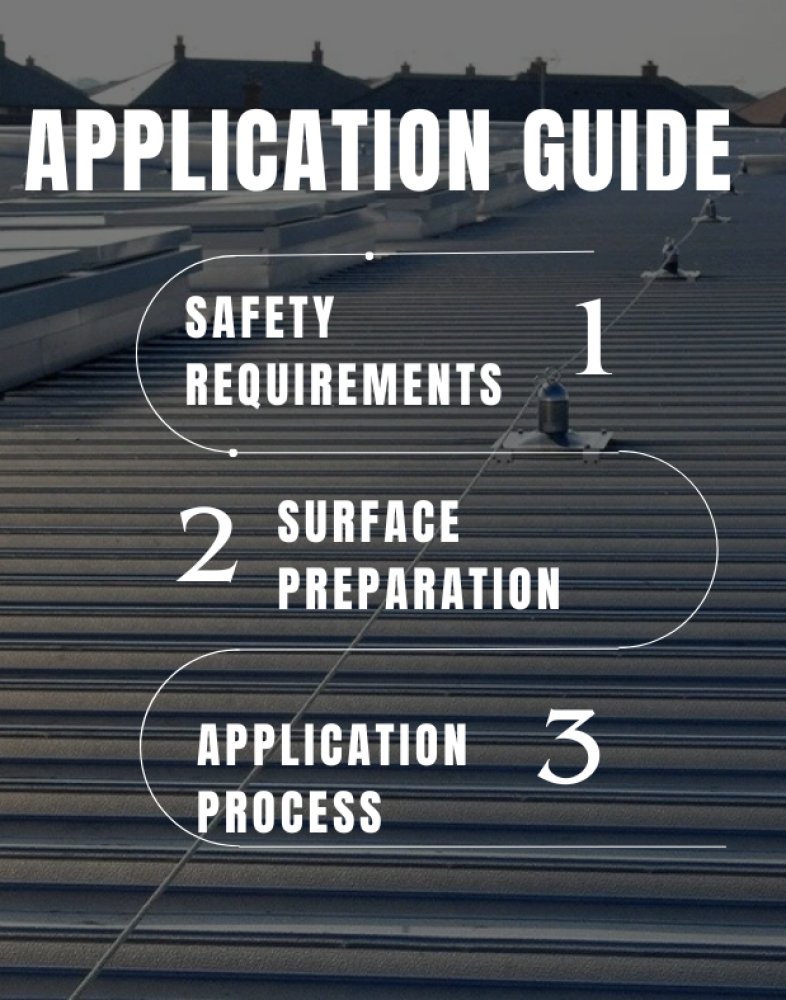
Application Process
The Roof Coatings Manufacturers Association (RCMA, 2023) specifies these critical steps:
Environmental Conditions
- Temperature: 50-90°F (10-32°C)
- Humidity: Below 85%
- No rain forecast for 48 hours
- Surface temperature: 5°F above dew point
Application Methods
Based on NRCA Technical Bulletin 2023-1:
Spray Application
- Airless sprayer (3,000-4,000 PSI)
- Tip size: 0.025-0.035 inch
- 12-inch fan pattern
- 50% overlap on passes
Roller Application
- 3/4″ to 1-1/4″ nap roller
- Even pressure distribution
- Maintain wet edge
- Cross-roll for uniformity
Maintenance Requirements
The Building Research Establishment (BRE, 2023) recommends:
Regular Inspections
- Bi-annual professional assessment
- Post-storm evaluations
- Document all findings
- Address issues promptly
- Update maintenance records
Common Issues and Solutions
Problem | Cause | Solution |
Blistering | Trapped moisture | Release pressure, repair, recoat |
Peeling | Poor adhesion | Remove, proper surface prep, recoat |
Cracking | Movement stress | Apply reinforced coating system |
Ponding | Poor drainage | Improve slope, add drains |
Energy Efficiency Impact
According to some studies studies:
- 20-40% reduction in cooling costs
- 15% decrease in peak demand
- 3-7°F reduction in roof surface temperature
- Extended HVAC equipment life
- Improved indoor comfort
Best Practices for Long-Term Success
The most common international building codes suggest:
- Proper Documentation
- Initial condition assessment
- Application records
- Maintenance history
- Warranty information
- Quality Control
- Wet film thickness checks
- Adhesion testing
- Coverage verification
- Photo documentation
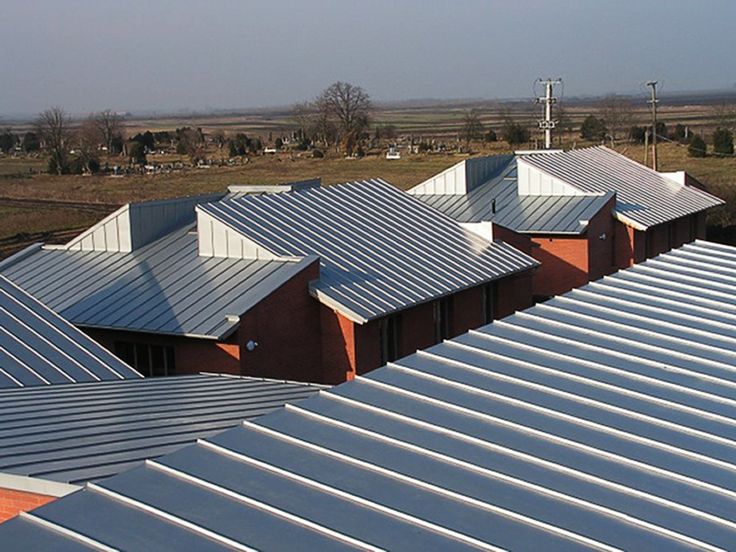
Complete Step-by-Step Application Guide
According to NRCA’s Application Guidelines (2023), follow these detailed steps:
Pre-Application Phase
Material Calculation
- Measure total roof area
- Add 10% for waste
- Calculate material needed:
- Primer: 200-300 sq ft/gallon
- Base coat: 100-150 sq ft/gallon
- Top coat: 100-150 sq ft/gallon
Tool Preparation
Essential Equipment:
- Airless sprayer (3,000-4,000 PSI)
- Extension cords
- Pressure washer
- Paint rollers and brushes
- Wet mil thickness gauge
- Safety equipment
- Cleaning supplies
Application Process
Step 1: Surface Preparation
- Remove debris and dirt
- Pressure wash (2,000-3,000 PSI)
- Let dry completely (24-48 hours)
- Address rust spots:
- Wire brush rusted areas
- Apply rust inhibitor
- Allow to cure
Step 2: Repairs
Fasteners:
- Replace loose/damaged fasteners
- Apply sealant over heads
- Allow to cure
Seams:
- Clean all seams thoroughly
- Apply seam tape/reinforcement
- Seal with appropriate material
Step 3: Priming
- Mix primer thoroughly
- Apply evenly:
- Spray application: 50% overlap
- Roller application: Even pressure
- Let cure per manufacturer specs
- Inspect coverage
Step 4: Base Coat Application
- Mix coating material thoroughly
- Check weather conditions:
- Temperature: 50-90°F
- Humidity: Below 85%
- No rain forecast
Apply first coat:
- Maintain wet edge
- Follow spread rates
- Check mil thickness
- Allow proper cure time
Step 5: Top Coat Application
- Inspect base coat
- Apply perpendicular to base coat
- Ensure even coverage
- Pay special attention to:
- Edges
- Penetrations
- Flashings
- Seams
Frequently Asked Questions (FAQs)
Based on EPA and CRRC documentation (2023):
Average costs range from $2-7 per square foot, including labor. Variables include:
- Coating type
- Roof condition
- Project size
- Location
- Required preparation
Ideal conditions include:
- Temperatures 50-90°F
- Low humidity
- No rain forecast for 48 hours
- Spring or fall seasons
- Early morning application
Yes, if:
- Existing coating is well-adhered
- Surface is properly prepared
- Materials are compatible
- Manufacturer approves Always perform adhesion test first.
Lifespan varies:
- PVDF: 20+ years
- SMP: 10-20 years
Elastomeric: 5-15 years Regular maintenance extends life
Common causes include:
- Poor surface preparation
- Incorrect application
- Wrong coating selection
- Weather conditions during application
- Lack of maintenance
According to DOE studies:
- Reduces cooling costs 20-40%
- Lowers roof temperature 20-30°F
- Improves indoor comfort
- Extends HVAC life
- Potential utility rebates available
Primer requirements depend on:
- Substrate condition
- Existing coating
- Selected coating system
- Manufacturer specifications Always follow coating manufacturer guidelines.
Typical requirements:
- 24-48 hours minimum
- Longer in high humidity
- Follow manufacturer specs
Consider overnight dew Check weather forecast before application
Yes, if:
- Proper preparation completed
- Right coating selected
- Correct application methods
- All penetrations properly sealed Address underlying issues first.
Regular maintenance includes:
• Bi-annual inspections
• Debris removal
• Prompt repairs
• Document all maintenance
• Professional assessment
References
- ASTM International. (2023). “D6694-23: Standard Specification for Liquid-Applied Silicone Coating.” ASTM International. DOI: 10.1520/D6694-23
- Building Research Establishment. (2023). “Guidance Note 77: Metal Roof Coating Systems.” BRE Press.
- Department of Energy. (2023). “Commercial Building Energy Saver: Cool Roofs.” Building Technologies Office. Retrieved from www.energy.gov/eere/buildings
- Lawrence Berkeley National Laboratory. (2023). “Heat Island Group: Cool Roofs.” Environmental Energy Technologies Division.
- National Roofing Contractors Association. (2023). “The NRCA Roofing Manual: Metal Panel and SPF Roof Systems.” Available at: www.nrca.net/technical
- OSHA. (2023). “Fall Protection in Construction.” Standard 1926.501. U.S. Department of Labor.
- Roof Coatings Manufacturers Association. (2023). “Application Guidelines for Roof Coatings.” Available at: www.roofcoatings.org
